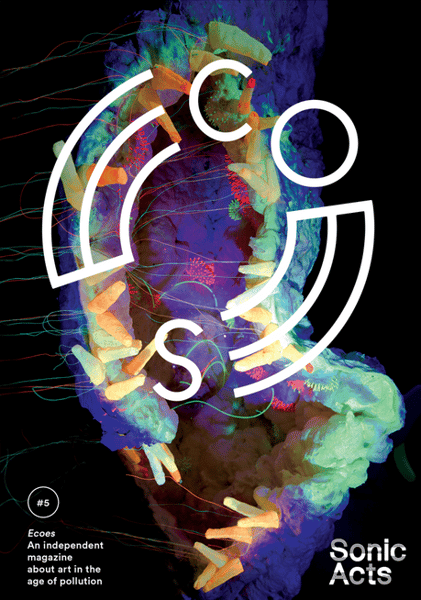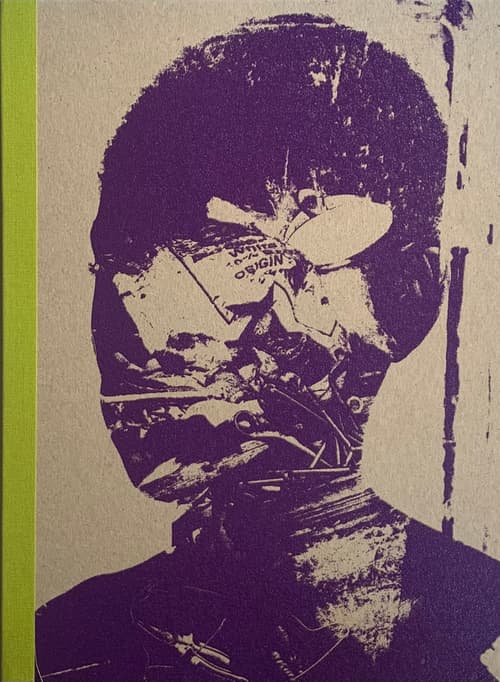Publisher Note
Cycles of water whirl through this body of texts. Sometimes they are heavy with ‘toxic muck’ and sometimes as light as bubbles, crystals of ice, or the hair on coral larvae. Occasionally they will speak to a feeling, but will often address a very specific port. Most importantly, all of them are the results of artists’ experiments and artistic meandering around the topic of water.
In her visual essay, Annika Kappner asks you to fill a bathtub, or chose another body of water, and join her on a journey of exploring your relationship with water. The director of the Swiss Institute in New York, Stefanie Hessler, discusses with Hannah Pezzack her three exhibitions and publications – Tidalectics, Prospecting Ocean and Sex Ecologies – and explains the ‘oceanic feeling’ that flows through her curatorial work with artists. Japanese-French artist Tomoko Sauvage talks to Maud Seuntjens about her fascination with bubbles and water clocks, clepsydras, as imagined in her new sound installation Buloklok and other sound pieces. Dutch artist Philip Vermeulen discusses his two newer installations with Arie Altena; Boem BOem, a large environment with violently bouncing tennis balls, and More Moiré, an immersive and disorienting light and sound installation that dissolves the borders between one’s inner and outer worlds.
Composer Tarek Atoui and field recordist Éric La Casa explore listening and sound recording within the harbours of cities such as Abu Dhabi, Singapore, Beirut, Istanbul and Porto, which they visited for Atoui’s project Waters’ Witness. Three ports along the river Thames play leading roles in Jac Common and Katy Lewis Hood’s dialogic experiment port motions. Therese Keogh is exploring an offshore dumping ground of dredged material, The Spoil Grounds, from the Port of Newcastle on Awabakal and Worimi Country on the east coast of Australia, the world’s largest coal export port.
Alice Johnston Rougeaux takes us to the Cloud Bar – a vantage point for watching clouds in Lincolnshire, on the east coast of England. In Reef Lullaby, a chapter from the book The Sounds of Life (2022), Karen Bakker explores the ways coral reefs listen, explaining that coral larvae are able to sense sound through hairs (cilia) that coat their tiny bodies. Lucia Dove talks about three St. Elizabeth’s floods that happened in the early fifteenth century, in the Grote Waard, a farming region between South-Holland and Brabant that disappeared in one of the floods. Hannah Rowan and Anastasia (A) Khodyreva present an ongoing ice dialogue. In their performative essay, members of the Brackish collective filter, steep and boil their liquids while thinking about the historical origins of cooking, the cultural importance of certain ingredients, and the methods of bringing them to life in the collective’s live performances.
Over the past decade, Sonic Acts’ ongoing interest and concern has been the climate emergency and the role and importance of art in the crisis. Expanding beyond the festival, a bi-annual art magazine, Ecoes unpacks alternatives to the anthropocentric perspective that approaches the nonhuman as a resource. A portmanteau of ‘ecology’ and ‘echoes’, this magazine about ‘art in the age of pollution’ showcases compelling artistic and critical perspectives that engage with the past, future or afterlives of environmental harm, toxicity, extraction, and waste.
| Publisher | |
|---|---|
| Release Date | 2023 |
| Credits |
Editor:
Designer:
|
| Series | Ecoes, #5 |
| Work | |
|---|---|
| Topics | Climate Crisis, Environmental Harm, Listening, Sound, Water |
| Object | |
|---|---|
| Dimensions | 16.5 × 23.5 cm |
| Interior | |
|---|---|
| Pages | 192 |
featured in
Hold The Sound


















